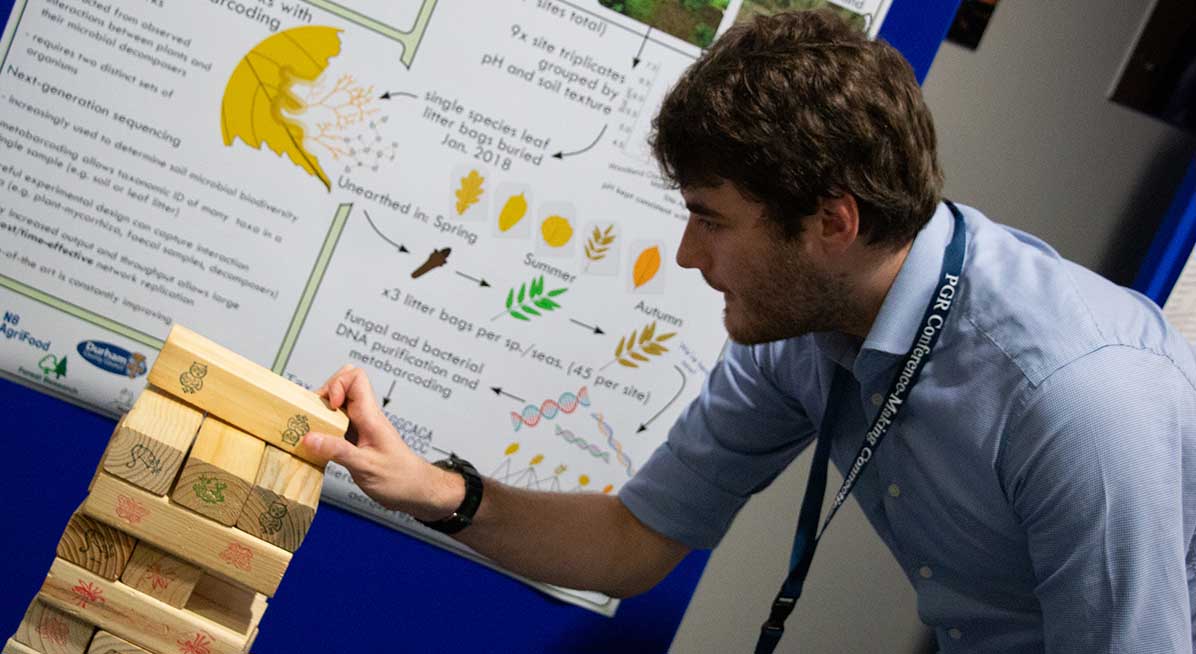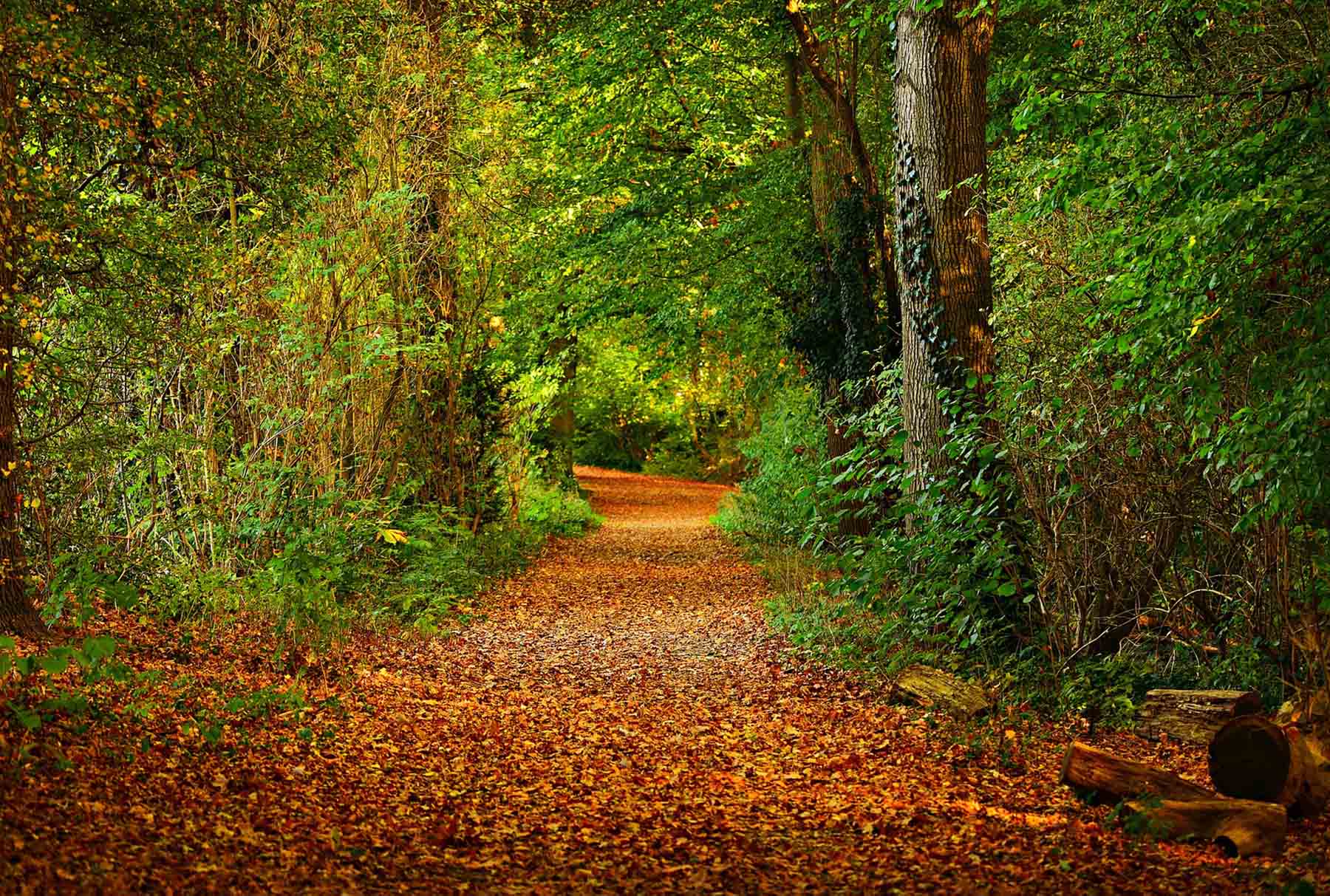The Secret Lives of Woodlands
Understanding ecosystems
Ecology studies the many interrelationships between species including plants, animals and microorganisms. These relationships describe how an ecosystem fits together. They also show how an ecosystem interacts with the natural environment.
PhD student Justin Byrne is from the Network Ecology Group in the School of Natural and Environmental Sciences. He imagines a Jenga tower where each brick represents a species or a set of closely linked species.
The world is witnessing a great extinction event known as ‘the sixth mass extinction’. It's dangerous to allow this event to continue, without understanding the structure of an ecosystem. We’d be pulling a brick from the Jenga tower without knowing whether it was supporting the entire tower.
Representing ecosystems effectively requires a lot of data. This continues to test the ability of biologists and mathematicians. They work together to simulate ecosystems on powerful computers.
Scientists have a series of sophisticated tools for generating the amounts of data needed to build these simulations, such as rapid, high-throughput DNA sequencing. Using these techniques, they are uncovering the intricate architecture that underpins all life.

Beneath the soil
The latest science is useful to exploring the ‘hidden’ lives of woodland ecosystems, namely what goes on beneath the surface of the soil.
Justin Byrne is collecting DNA from the leaves of 1,215 buried leaf litter bags that are unearthed in the spring, summer and autumn.
These leaves carry fungi and bacteria that decompose plants, managing the return of nutrients to the soil. Each microorganism has a unique barcode based on its DNA. This makes it possible to capture the interactions between plants and microbial communities.
First developed by the Biologist Dr Paul D. N. Hebert, DNA barcoding uses DNA sequences as taxon 'barcodes' to identify species. It offers loads of advantages to taxonomic research including mixed-species environmental samples.
The key to this technique lies with the mitochondrial gene cytochrome c oxidase I (COI). COI is also one of the most popular markers used for molecular systematics. It gives insight into evolutionary processes and the history of groups of organisms by comparing molecules.
The real structure of an ecosystem
Working with the Woodland Trust, Justin sees the value of the research not only to science but also in helping the Trust manage woodlands.
“The Woodland Trust is interested because they can start prioritising planting and conservation. Do we need more beach woodlands or oak woodlands to protect specific targets of biodiversity? I’m interested because it helps to understand what the real structure is. The important structural traits of a healthy ecosystem”.
Justin will sequence the DNA of the bacteria and fungi he has collected from the leaves. He'll be able to understand how they change throughout the year. This includes which microorganisms are most prevalent from season to season and how long they take to decompose leaves.
“Below ground, we really have no idea what’s going on – we have only recently been able to work out what species are there”.
Justin’s research will help bring us a step closer to understanding the secret lives of woodland ecosystems.
Modelling species is another way to better understand ecosystems. This includes the interdependencies between species.
